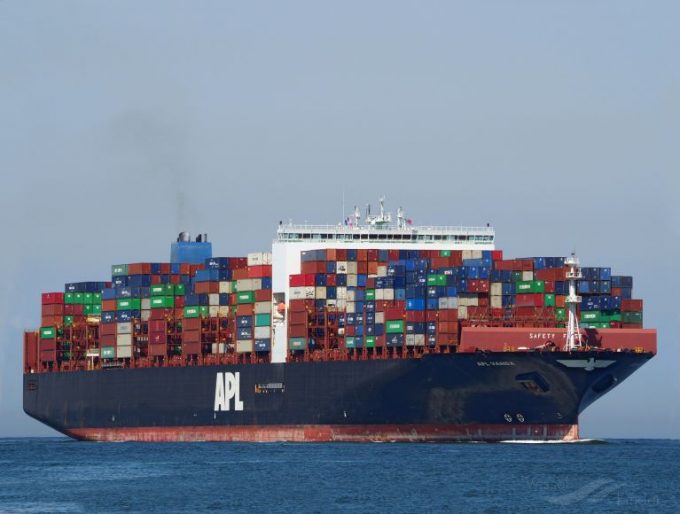Two killed after Houthi attacks resume on merchant ships
Insurance premiums look set to spike for the few carriers braving Red Sea transits, after ...

CMA CGM has at last cleared up the mystery of the APL Vanda, finally acknowledging that the vessel suffered a stack collapse that saw 55 containers lost overboard.
AIS data shows the 17,300 teu ship is now docked at the China Merchants-operated Doraleh Terminal at 05:30 ...
CMA CGM South Korean staff strike over bonuses after bumper 2024 profit
MSC switches two more Asia-Europe port calls from congested Antwerp
Ports and supply chain operators weigh in on funding for CPB
Nightmare for Bangladeshi exporters as congestion and tariffs bite
Carriers introduce surcharges as congestion builds at African ports
Box ship overcapacity threat from carrier appetite for new tonnage
CMA airline returns two freighters, while ANA takeover of NCA looms
Tradelanes: Export boom in Indian sub-continent triggers rise in airfreight rates

Comment on this article